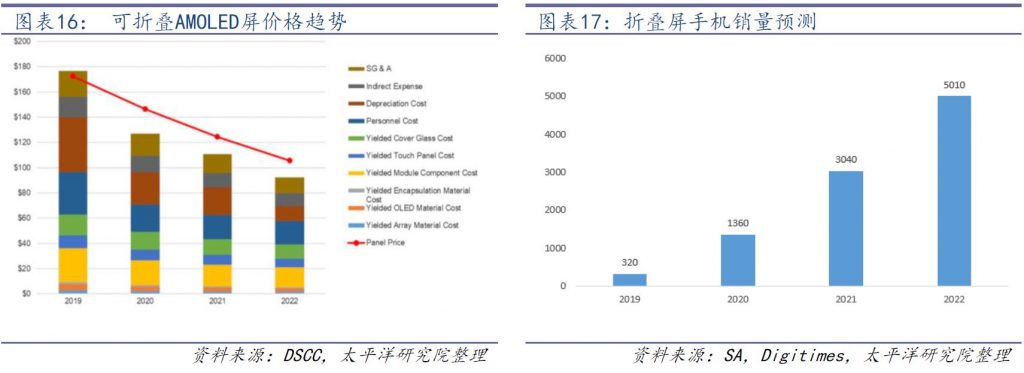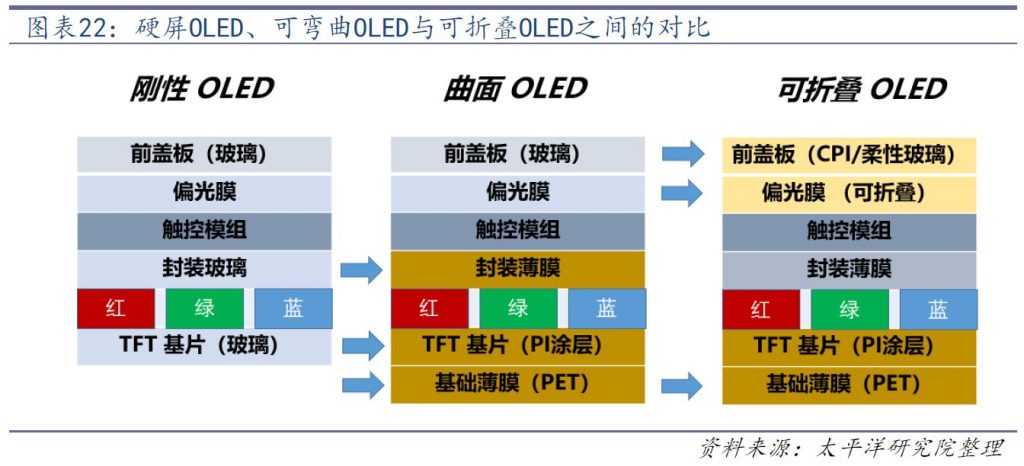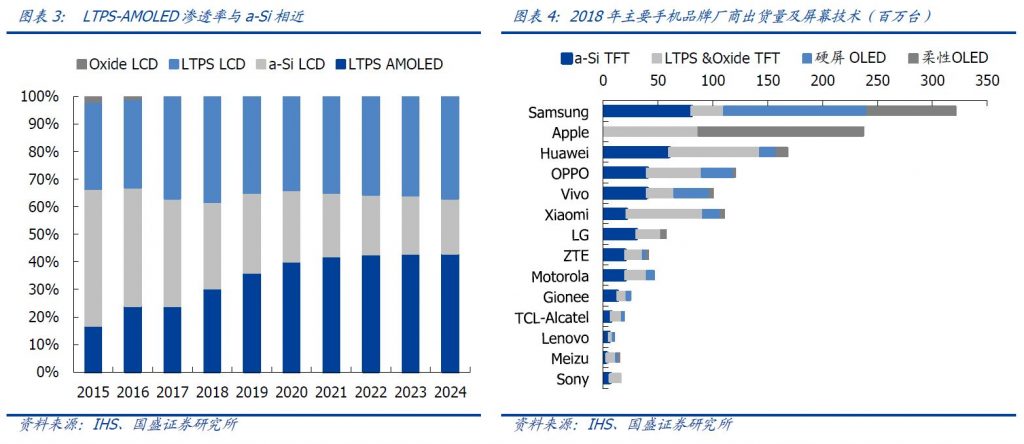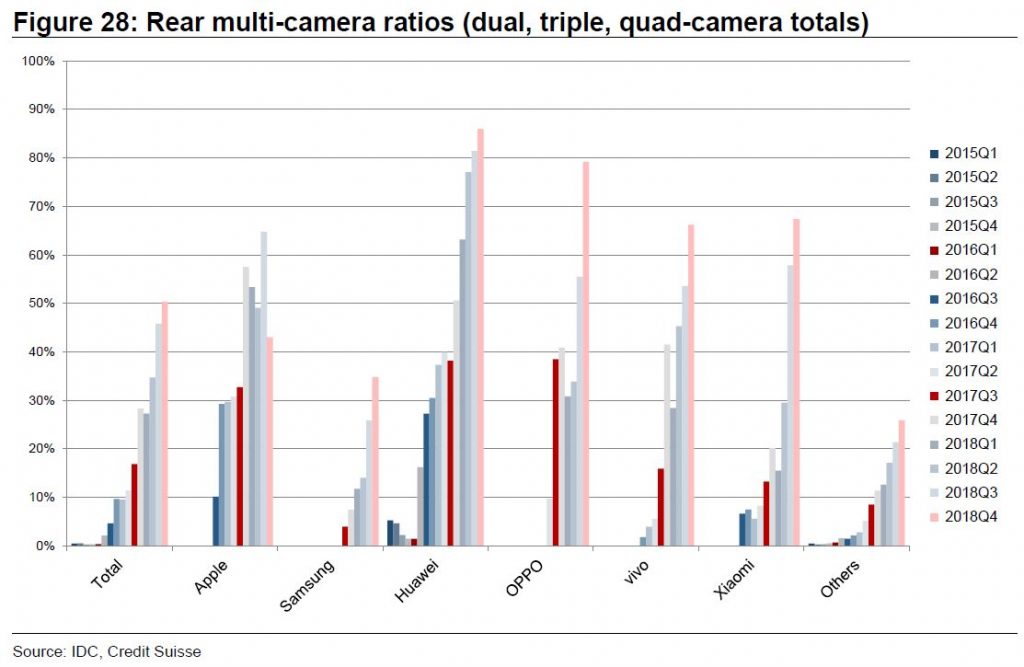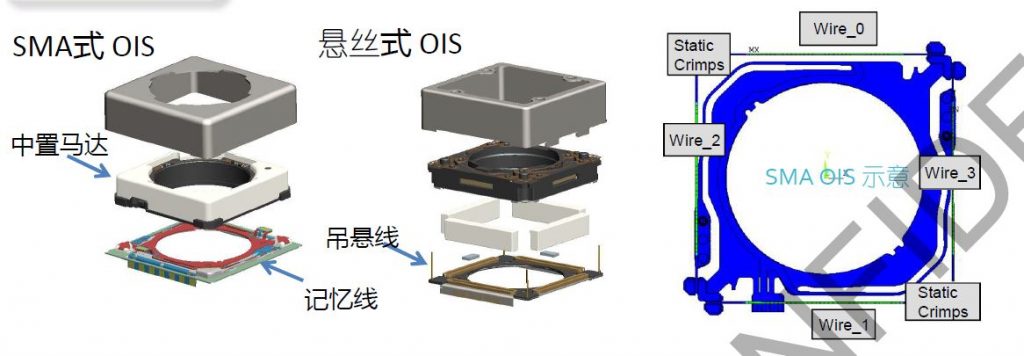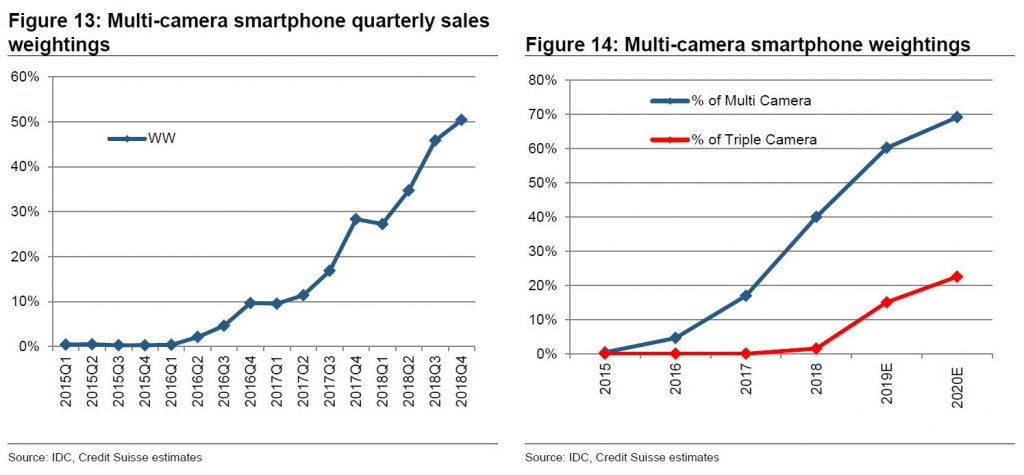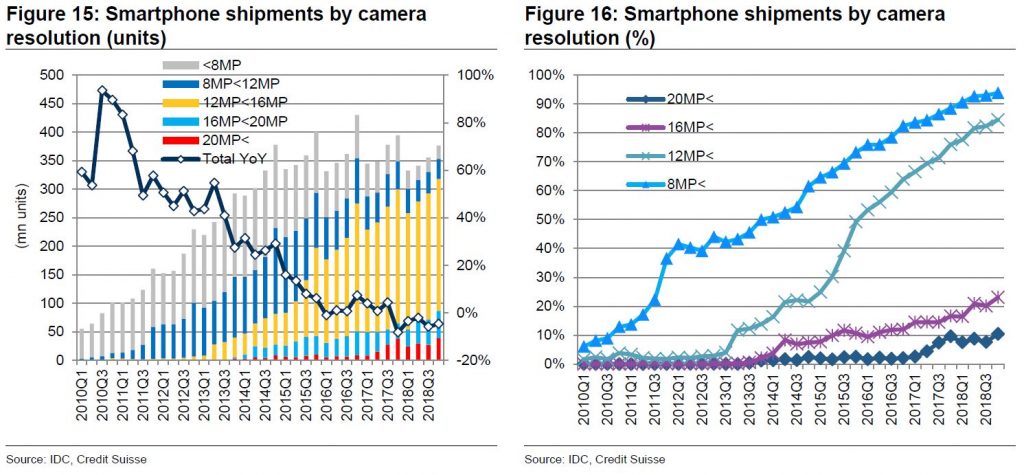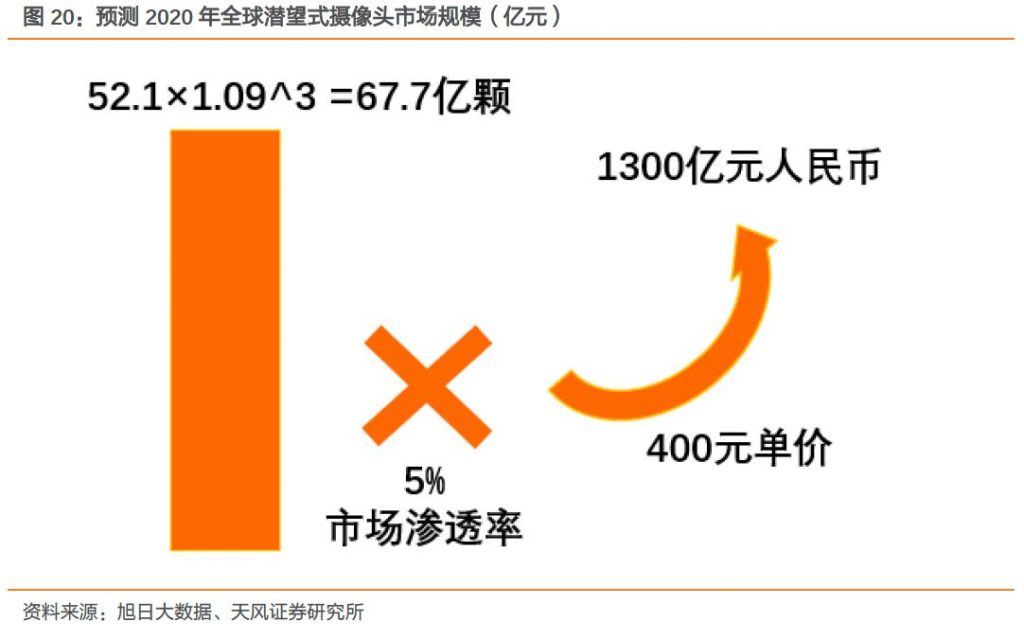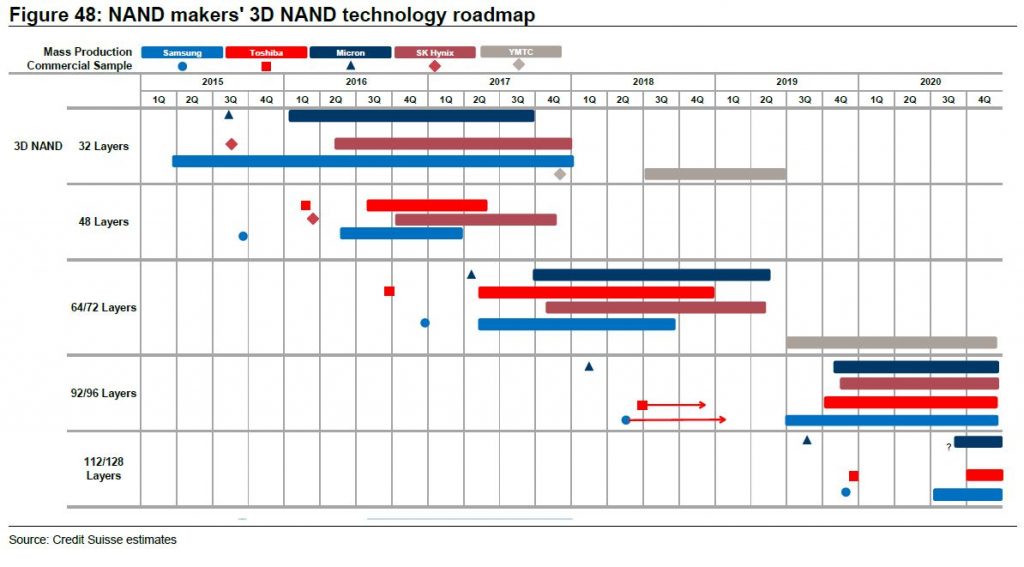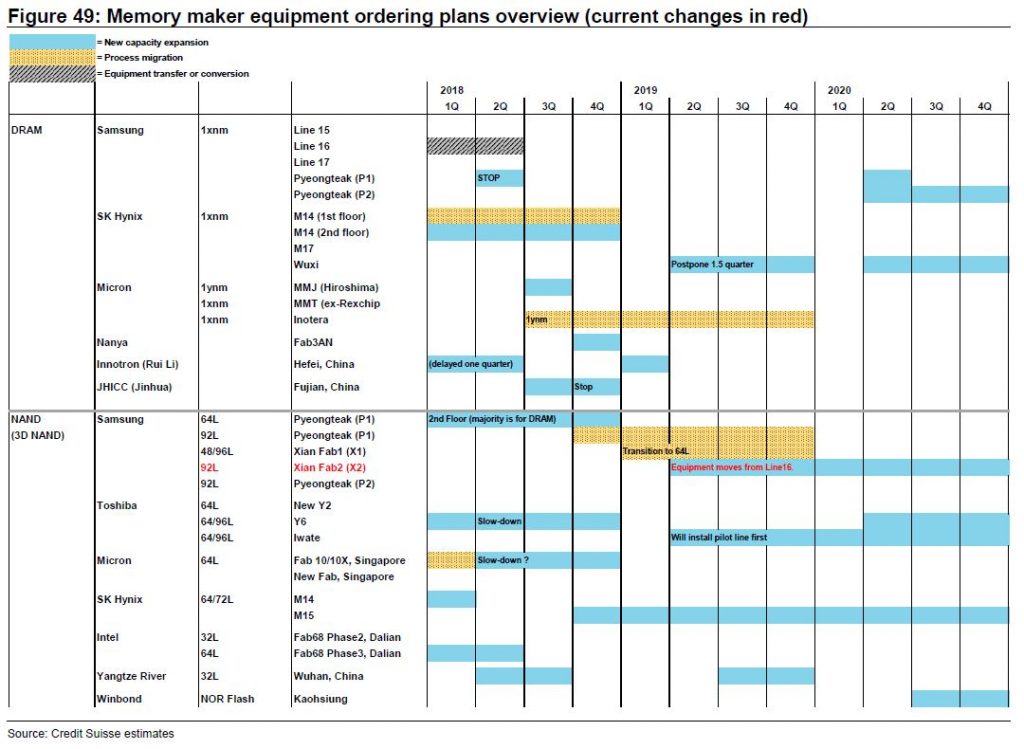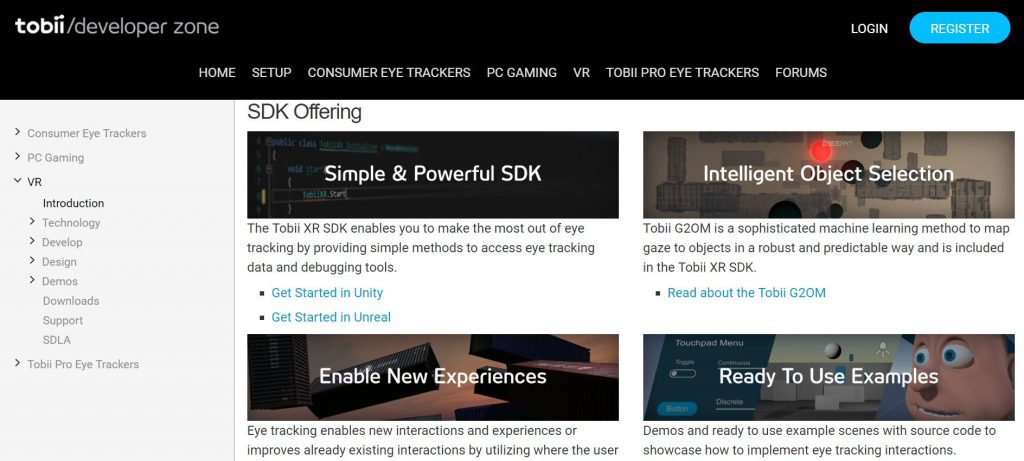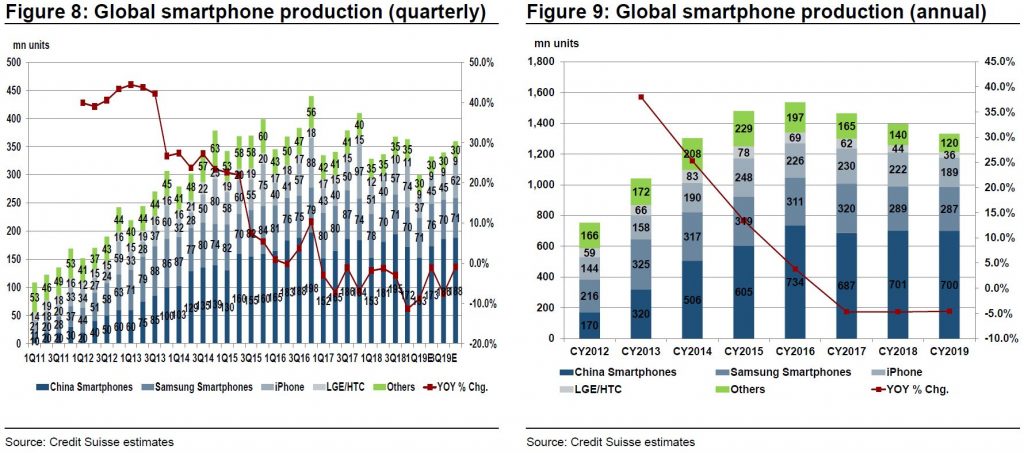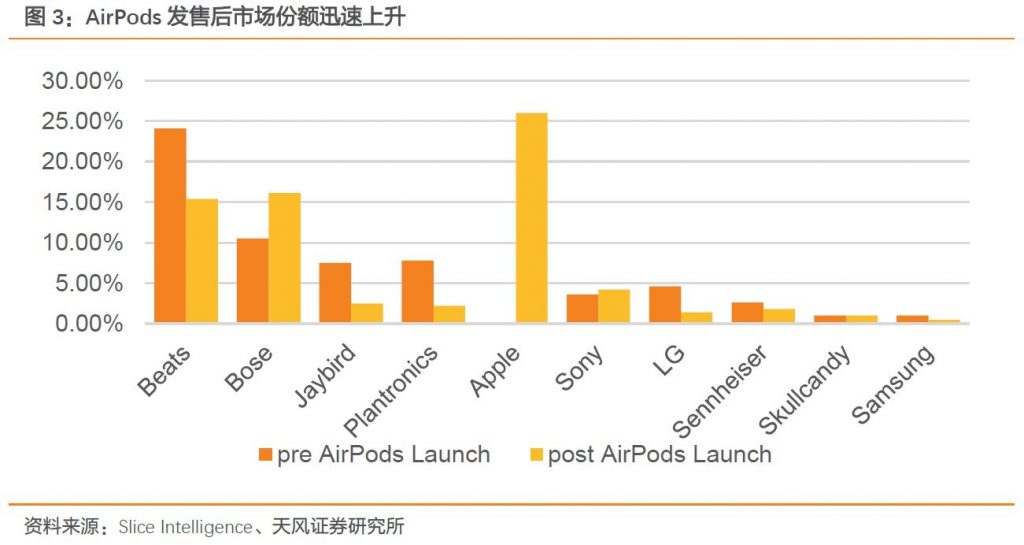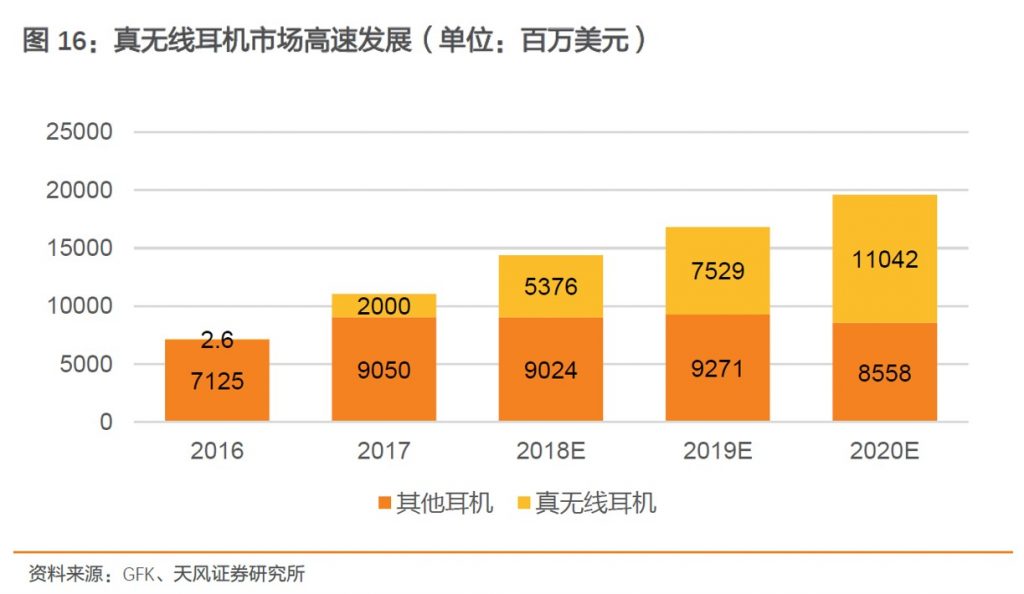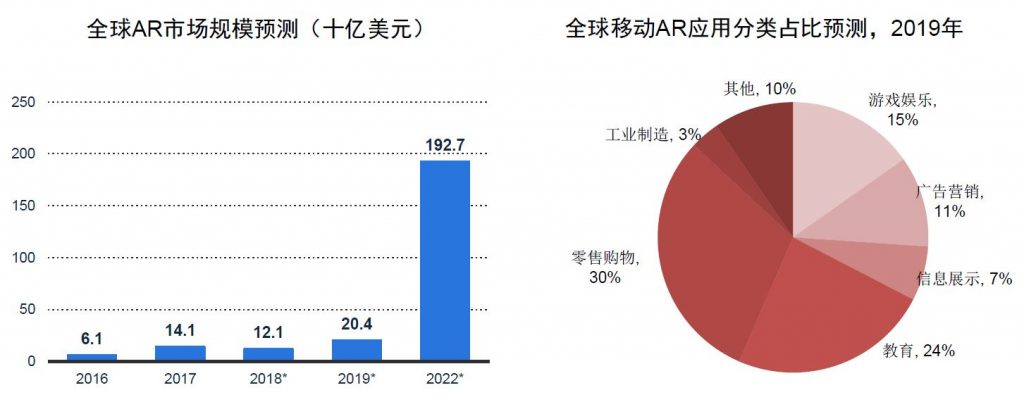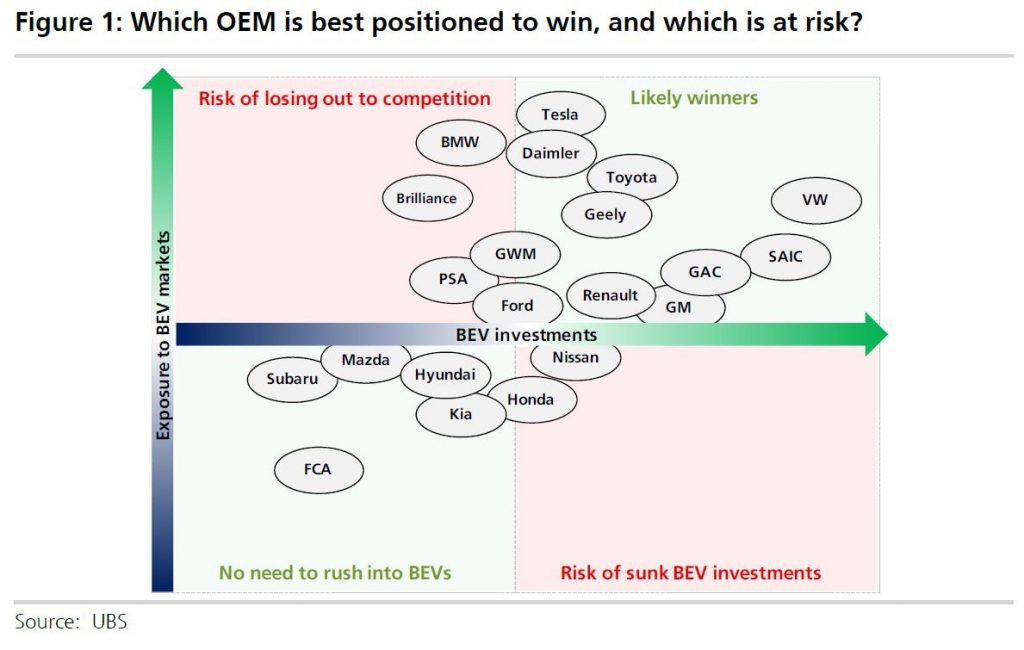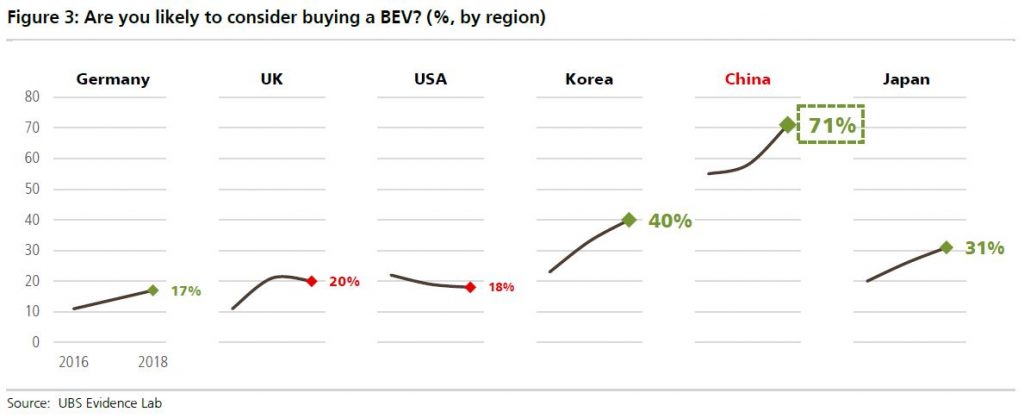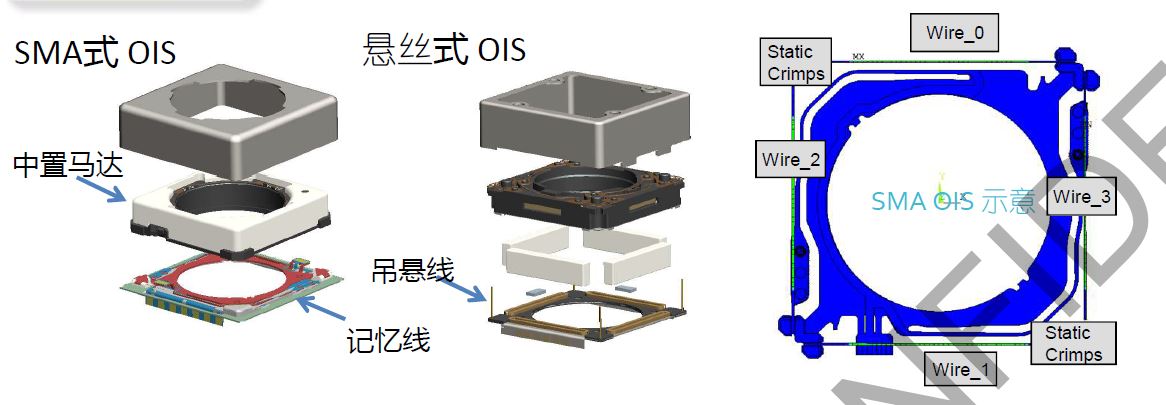
03-24: Summary of a series of reports – Pacific Securities, Guosheng Securities, Credit Suisse, UBS, TF Securities, etc.
Touch Display
Samsung and Huawei’s foldable phones are expected to ship in millions in 2019. Samsung’s 7.3” foldable AMOLED panel (Galaxy Fold panel) cost is close to USD180. DSCC forecasts the cost will fall to USD90 in 2022 as yield and capacity utilization increase. Based on the cost, technology maturity and scale effect of foldable mobile phones, Digitimes expects that the sales of foldable phones are expected to reach 50.1M units by 2022, accounting for about 3.4% of the smartphone market. (Pacific Securities report)
Pacific Securities expects by 2020 the foldable phone shipment would reach 50.1M units, driving the demand for 4~5 production lines of Gen-6 demand to 15K units per month. Gen-6 AMOLED substrate is 1850×1500mm, for 7.3” 4.2:3 display size, it can produce 156 units; and for 8” 8:7.1 foldable display, it can cut to 121 units. Considering the efficiency of cutting, yield rate and production utilization rate, for 50.1M units foldable phones estimation in 2020, for 7.3” display, it can drive Gen-6 of 15k per month with 4.07 production lines; and for 8” it use 5.3 production lines. (Pacific Securities report)
The biggest difference between a flexible screen and a rigid screen is the moisture barrier package of the substrate and the illuminator: the OLED rigid screen uses glass as the TFT substrate and the moisture barrier package, and the flexible OLED screen has a PET film as the rigid screen. The substrate, the TFT substrate is a PI film, and the illuminant package is encapsulated by a flexible water vapor barrier film. The flexible screen has a certain flexibility but is not foldable. (Pacific Securities report)
From the display technology shipped by various smartphone manufacturers in 2018, the flagship smart models represented by Samsung Galaxy Note 9 and Apple iPhone XS all use AMOLED. The AMOLED penetration rates of the 2 companies were 63.2% and 65.7%, respectively. Although the penetration rate of AMOLED of other major phone vendors is still less than 35%, AMOLED is still widely used in various flagship and high-end models. Smartphone AMOLED replaces a-Si TFT and LTPS/Oxide TFT LCD effect is emerging, it is expected that the future OLED display is expected to continue to penetrate from the flagship model to the mid-end model. (Guosheng Securities report)
Camera
Samsung still calls for its multi-camera ratio to approach 70% in 2019 (20% with three or more cameras, 50% with dual cameras), but Credit Suisse thinks the triple-camera ratio could go even higher, given the number of triple-camera models currently hitting the market. Other items in the pipeline include a 5x zoom using folded optics technology and pop-up cameras (albeit for only one model). The main triple-camera combinations will likely be 16MP, 12MP and 12MP cameras for high-end models, 25MP, 8MP, and 5MP for mid-range models, and 13MP, 5MP, and 5MP for low-end. (Credit Suisse report)
Credit Suisse estimates that Chinese demand for 24MP CIS, mainly for phones with 2 front-side cameras, reached around 100M units in 2018 and look for 150M units of rear-side 48MP demand in 2019. Credit Suisse senses that demand is increasing for shape memory alloy (SMA) OIS over VCM-type actuators / OIS in response to the increasing size and number of lenses. Phone makers are also considering using a glass lens in the lens unit for f/1.4 and smaller and 108MP sensors, with the resulting increase in weight another factor likely to drive demand for SMA and ball-guide OIS. (Credit Suisse report)
According to Credit Suisse, multi-camera smartphones are expected to comprise 65%–70% of all models in 2019, up from 40% in 2018. Triple-camera models are expected to account for as much as 20% of all smartphone handsets (up from 1.5% in 2018). Demand for 5MP CIS is booming due to the trend toward multi-camera smartphones (the 5MP CIS is an essential component of triple-camera handsets). (Credit Suisse report)
Credit Suisse thinks the CIS technology roadmap calls for further evolution toward higher megapixels, as they expect a warm reception for Chinese smartphones with 64MP resolution in 2H19 and some smartphone makers considering going with 100MP in 2020. Sony plans to expand production to 130,000 wpm by FY3/21 through capital investment in its current plants and productivity improvement. (Credit Suisse report)
Yole expects the industry size of camera modules to grow from USD27.1B in 2018 to USD45.7B in 2024; Yu Ri data shows that shipments of camera modules in 2017 were 5.21B units, up 45.5% year-on-year. According to TF Securities, assuming that the market size of the camera module is increasing at an annual growth rate of 9.1%, and the penetration rate of the periscope camera is 5% in 2020, it is expected to reach 340M pieces of market capacity by 2020. The module price is about CNY400 (USD60), it can be speculated that its market size can reach more than CNY130B. (TF Securities report)
Memory
In next-generation 3D NAND, Samsung Electronics is apparently nearing the achievement of batch etching for 128-layer NAND. Credit Suisse understands that Toshiba Memory is leaning toward 112-layer 3D NAND (64 layer + 48 layer). Engineering samples are likely to become available around the end of 2019 or start of 2020. 9x-layer 3D NAND is unlikely to bring the same cost benefits as previous advances in the technology. Cost benefits are also unlikely to emerge for 128/112-layer 3D NAND, unless a layout is adopted where CMOS circuitry is positioned directly underneath memory cell arrays. (Credit Suisse report)
Credit Suisse currently sees no positive developments regarding DRAM or NAND investments in 2019. The only thing worth mentioning is Samsung’s plans for initial investment in a second fab (X2) in Xian, China beginning Jun 2019. However, new demand will be limited as the plant will, for the most part, take on assets transferred from South Korea. As for NAND memory, investments for converting existing production lines to 9x layer 3D NAND will kick off in 2019, but Credit Suisse thinks manufacturers will plan to keep such investments to a minimum so they can prioritize the adjustment of excess inventory. (Credit Suisse report)
Sensory
Eye-tracking specialist Tobii has announced the launch of its XR software development kit (SDK). It is a set of tools and resources designed to get developers up to speed with its eye-tracking tech. Using the kit, creators can implement features like gaze-based selection and eye-tracked interfaces. Tobii also says it includes tools to mirror a user’s eye movements on a VR avatar for social VR applications. (Upload VR, Tobii, Kejilie)
Connectivity
In addition to the Bluetooth 5.0 technology supported by smartphones, chip makers have introduced a variety of TWS (true wireless stereo) headset solutions with the development of Bluetooth technology. By Jun 2018, a total of 6 companies have launched 10 TWS headset solutions, and by Nov, 8 chip companies had launched a total of 18 TWS headset solutions, including 13 solutions supporting Bluetooth 5.0 transmission. (TF Securities report)
Phone
Credit Suisse expects global smartphone output, which fell 5% YoY to 1.464B units in 2017 and 5% to 1.396B in 2018, to decline another 5% to 1.332B in 2019, as output reductions centering on Apple iPhone outweigh growth in Huawei’s output from 205M in 2018 to 260M. Global quarterly output in 2018 was 326M units in Jan–Mar (−20% QoQ, −3% YoY), 336M in Apr–Jun (+3%, −2%), 365M in Jul–Sep (+9%, −4%), and 363M in Oct–Dec (−1%, −11%). Credit Suisse forecasts Jan–Mar 2019 output of 300M units (−18% QoQ, −9% YoY), and 333M in Apr–Jun (+11%, −1%). (Credit Suisse report)
Wearables
According to Slice Intelligence, Apple’s first AirPods had a 26% market share in one month, surpassing the share of Beats and Bose headsets. In 2018, its sales were close to 16.2M units, and it is expected to reach 38M units in 2019. Before the release of AirPods, the overall market share of the headset market was dominated by Beats and Bose, which owned market share of nearly 25% and 10%, respectively. After AirPods was released, Apple’s market share quickly reached 26%. % market share. (TF Securities report)
According to GfK, the number of wireless headsets shipped in 2016 is only 9.18M units, and the market size is less than USD2B. In 2017, TWS (true wireless stereo) headset sales reached USD2B, it is expected to reach a total of USD5.376B in 2018, in the 2020 it can reach USD11.04B. Futuresource has pointed out that 3Q18 global headset market scale compared 3Q16 grew 26% to USD5.5B. AirPods accounts for about 40% of the market share. (TF Securities report)
Augmented / Virtual Reality
IHS Markit predicts that the AR-related market will reach approximately USD20B in 2019 and is expected to reach nearly USD200B by 2022. Apple, Google, Microsoft and other big companies have released relevant development tools in the past 3 years, and the ecological growth has been steady, and has not yet entered an outbreak period. (CITIC Securities report)
Automative
Jia Yuetings electric car company Faraday Future (FF) will form a joint venture with Ninth City. It is reported that the two persons account for 50% of the shares of the new company, which means that Jia Yueting still has the right to speak for the new company. It is reported that the new company established by Jia Yueting and Ninth City will also introduce four or five new investment institutions, raising about USD500M. (My Drivers, JQK News)
UBS global OEM matrix categorizes 4 types of companies, depending on their EV strategy and their exposure to BEV-skewed markets and segments. Volkswagen has made the biggest EV commitment among incumbents, and UBS sees it as a potential key winner in Europe and China. BMW, on the other hand, is at risk of losing share to competition given its moderate EV launch calendar. (UBS report)
The popularity of battery-electric vehicles (BEV), i.e., cars with an all-electric drivetrain and no combustion engine, keeps increasing. In the latest UBS Evidence Lab consumer survey about electric cars, with 9,790 respondents in 6 of the largest car markets (US, China, Japan, Germany, UK and Korea), the share of people consider buying a BEV (“Are you likely to consider buying a BEV as your next vehicle?”) has increased by 500bps over 2018 survey to 33%. (UBS report)
